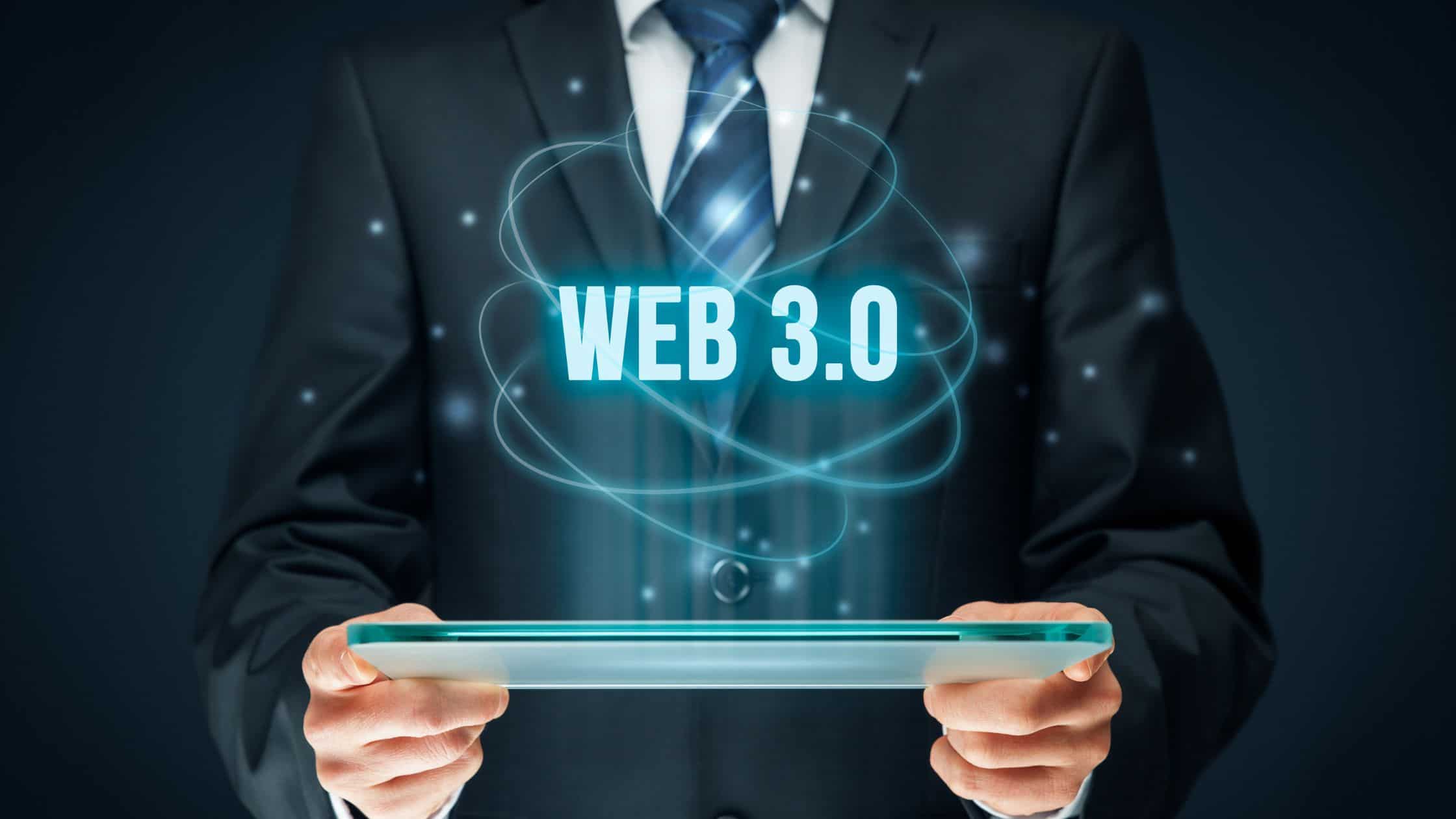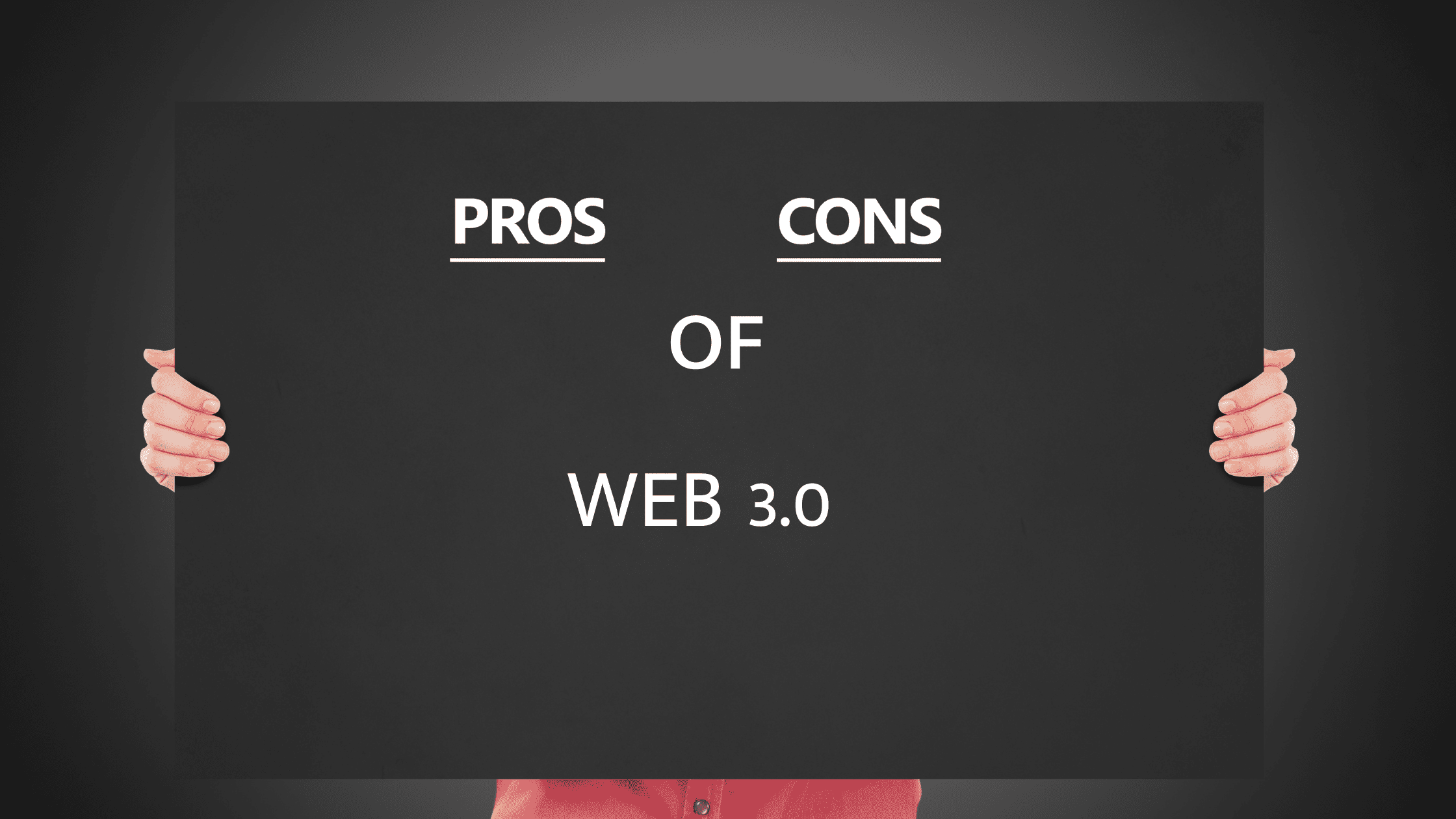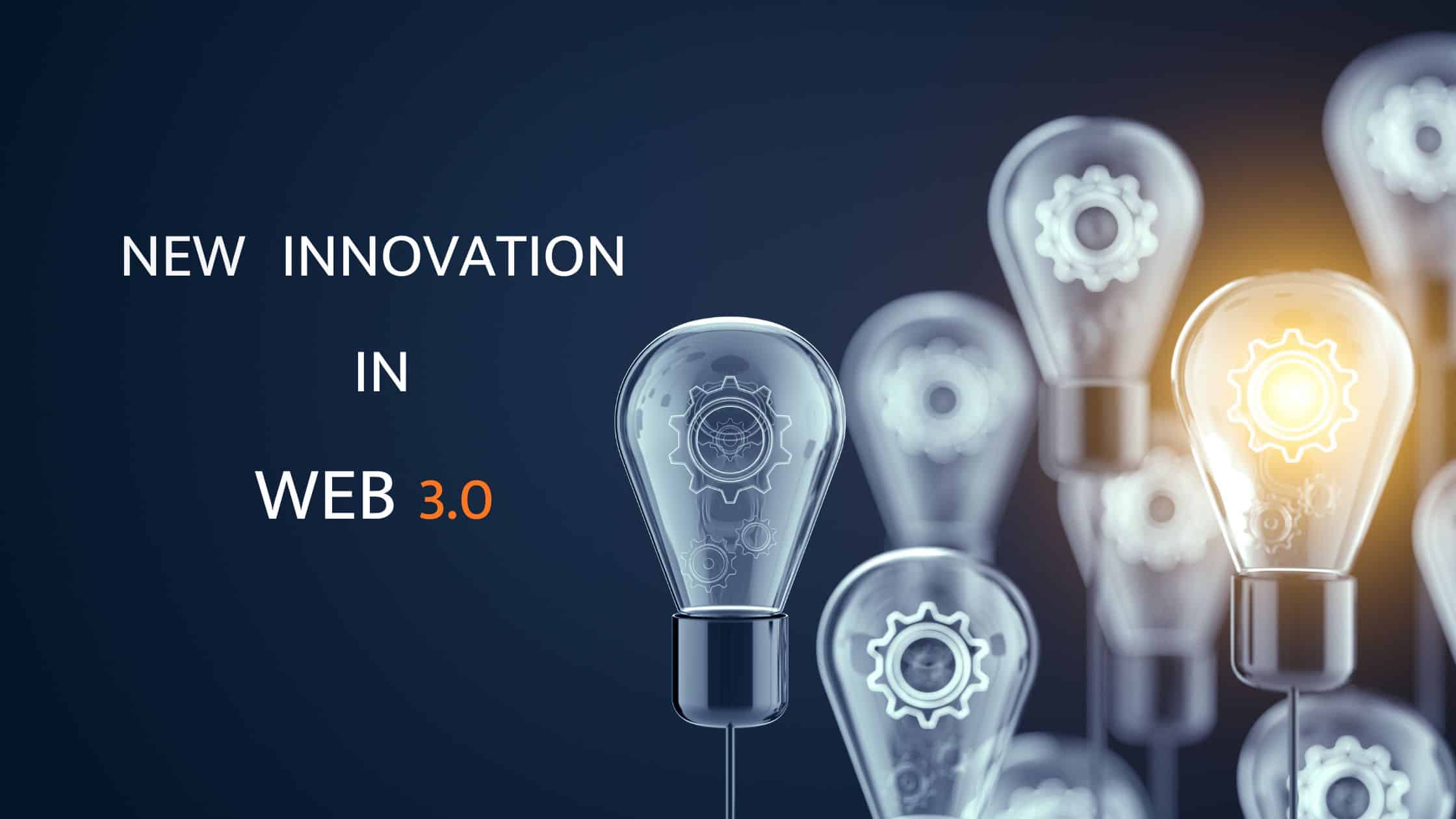MODIFIED ON: July 19, 2024 / ALIGNMINDS TECHNOLOGIES / 0 COMMENTS

The world of the internet is constantly evolving, and the latest stage in its development is Web 3.0. Web 3.0 is the next stage in the evolution of the internet, one that promises to be more decentralized, secure, and user-driven than ever before.
It is built on the foundation of blockchain technology, which enables secure, decentralized transactions without a central authority.
This new web iteration promises unprecedented decentralization, security, and user control.
In this article, we will explore some of the new innovations on Web 3.0 that everyone should know.
But before that, let us discover everything about Web 3.0!
1. Understand what Web 3.0 is.
2. Explore its key features
3. Learn the pros and cons of Web 3.0
4. Explore its key features
5. Learn the pros and cons of Web 3.0
What is Web 3.0?
Web 3.0 refers to the next generation of the World Wide Web, characterized using advanced technologies such as Artificial Intelligence, the Semantic Web, and the decentralization of the web through blockchain technology.
The goal of Web 3.0 is to create a more intelligent, connected, and interoperable web where users have more control over their data and the way it’s used. It aims to enhance the overall user experience and make the web more accessible, secure, and equitable.
The 6 Key Features of Web 3.0:
1. Artificial Intelligence: The use of AI and machine learning to provide users with more personalized and intelligent experiences.
2. Semantic Web: The creation of a more connected and interconnected web where machines and humans can link and understand data.
3. Decentralization: The use of blockchain technology creates a decentralized web where data and applications are stored on a distributed network of computers instead of on centralized servers.
4. Interoperability: Different systems and applications can work together seamlessly, regardless of platform or technology.
5. User-Centric: A focus on empowering users by giving them more control over their data and its use.
5. Enhanced Security: Web 3.0 offers security measures to protect users’ data. It also tries to prevent malicious activities on the web.
6. Improved Accessibility: Making the web more accessible, regardless of physical ability or location.
The Pros & Cons of Web 3.0:

Pros of Web 3.0:
-> Decentralization: The use of blockchain technology makes the web more secure and resilient, as data and applications are stored on a distributed network of computers.
-> User-Centric: Web 3.0 lets users control their personal data and gives them more autonomy over how it’s used.
->Improved Security: Using advanced technologies such as AI and blockchain helps prevent malicious activities on the web and protect users’ personal information.
-> Interoperability: Web 3.0 aims to create a more interconnected and interoperable web where different systems and applications can work together seamlessly.
-> Enhanced User Experience: AI and semantic technologies in Web 3.0 promises to create a more intelligent and personalized web experience for users.
Cons of Web 3.0:
-> Complexity: The advanced technologies used in Web 3.0 can be complex and difficult for average users to understand and use.
->Adoption: Web 3.0 is still in its early stages, and widespread adoption may take time, as it requires significant investments in technology and infrastructure.
-> Regulation: The decentralized nature of Web 3.0 may create challenges for governments and regulators, who are used to centralized systems and may need help to maintain control over the web.
-> Implementation Costs: Web 3.0 technologies can be costly and require significant investment, especially for smaller companies.
-> Interoperability Challenges: While interoperability is a crucial goal of Web 3.0, it may be challenging to achieve in practice, as different systems and technologies may have incompatible standards and protocols.
The Top 4 New Innovations in Web 3.0:

Blockchain Technologyand Web 3.0
Blockchain technology is the backbone of Web 3.0, enabling secure, decentralized transactions without a central authority. In a blockchain, transactions are verified by a network of nodes, making it nearly impossible for any one party to manipulate the data. This makes blockchain ideal for use in decentralized applications, where users can interact with each other without the need for a mediator.
Decentralized Applications (dApps)
Decentralized applications or dApps, run on a blockchain and allow users to interact with each other directly without the need for a central authority. They’re a crucial part of Web 3.0 and offer a more secure, user-driven alternative to traditional centralized apps.
Decentralized Finance (DeFi)
Decentralized finance or DeFi, is another critical innovation of Web 3.0. It’s a new financial system built on blockchain technology, and it offers users a more secure, transparent, and user-driven alternative to traditional finance. With DeFi, users can manage their assets, trade cryptocurrencies, and take out loans without needing a central authority.
Web 3.0 and the Future of the Internet
Web 3.0 is shaping the future of the internet, offering users a more secure, user-driven, and decentralized experience. With innovations like blockchain technology, dApps, and DeFi, the web is becoming more accessible and inclusive for everyone, regardless of location, financial status, or technical expertise.
FAQs About Web 3.0
Q: What is Web 3.0?
A: Web 3.0 is the next stage in the evolution of the internet, characterized by greater decentralization, security, and user control. It is built on the foundation of blockchain technology and decentralized applications (dApps).
Q: What is blockchain technology?
A: Blockchain technology is a secure, decentralized system that enables transactions without a central authority. It uses a network of nodes to verify transactions, making it nearly impossible for any party to manipulate the data.
Q: What are decentralized applications (dApps)?
A: Decentralized applications, or dApps, run on a blockchain and allow users to interact with each other directly without the need for a central authority.
Q: What is decentralized finance (DeFi)?
A: Decentralized finance, or DeFi, is a new financial system built on blockchain technology. It offers users a more secure, transparent, and user-driven alternative to traditional finance.
Q: How is Web 3.0 shaping the future of the internet?
A: Web 3.0 is making the internet more secure, user-driven, and decentralized, offering greater accessibility and inclusivity for everyone. With innovations like blockchain technology, dApps, and DeFi, the web is becoming a more equitable and empowering space for everyone.
Conclusion
The new innovations on Web 3.0 are changing how we interact with the internet, offering greater security, decentralization, and user control. Whether you are interested in blockchain technology, decentralized applications, or decentralized finance, it is essential to stay informed about the latest developments in Web 3.0. As the internet continues to evolve, Web 3.0 will play a significant role in shaping its future.
Leave a reply
Your email address will not be published.
-
Recent Posts
- The Role of AI in Business Growth: Top Trends for 2025 and Beyond
- The Evolution of Voice Search in AI: What’s Next for 2025?
- How to Hire an AI Developer: A Complete Guide 2025
- Top 10 Android App Development Trends in 2025
- Top Trends in Product Modernization for 2025 and Beyond
-
Categories
- MVP Development (5)
- AlignMinds (56)
- Operating Systems (1)
- Android POS (3)
- Application Hosting (1)
- Artificial Intelligence (49)
- Big Data (2)
- Blockchain (1)
- Cloud Application Development (8)
- Software Development (39)
- Software Testing (9)
- Strategy & User Experience Design (4)
- Web Application Development (28)
- Cyber Security (6)
- Outsourcing (7)
- Programming Languages (3)
- DevOps (5)
- Software Designing (6)
- How to Code (4)
- Internet of Things (1)
- Machine Learning (2)
- Mobile App Marketing (5)
- Mobile Application Development (25)
- Mobile Applications (11)







